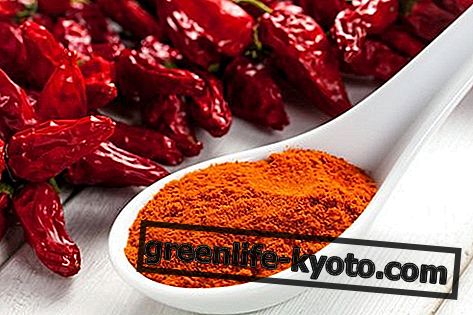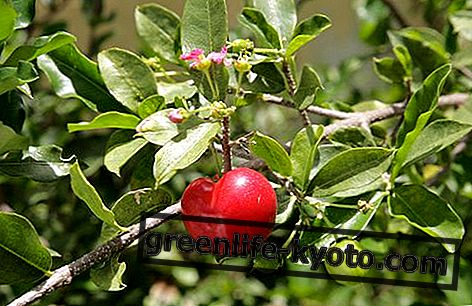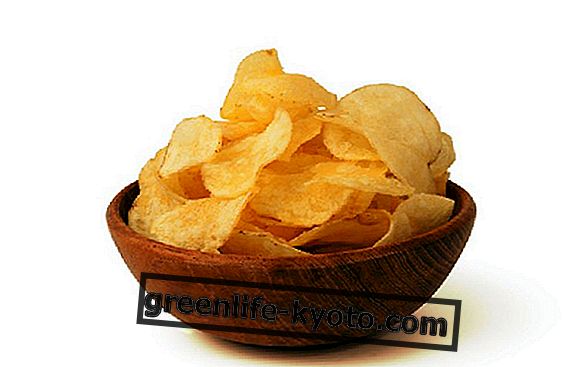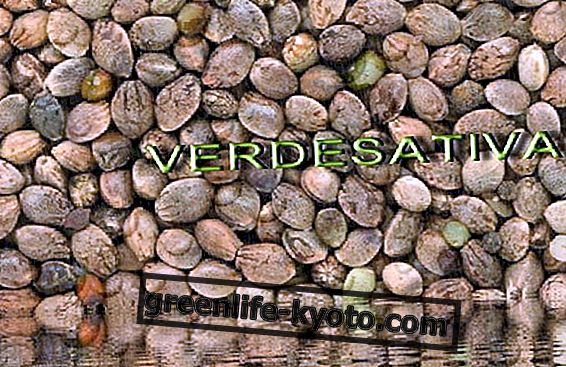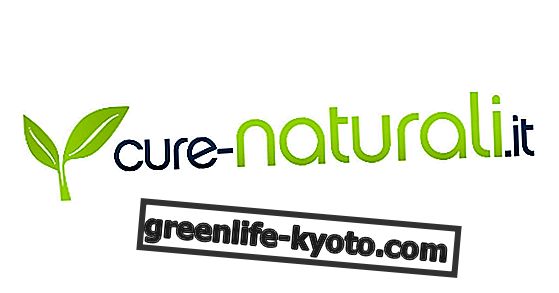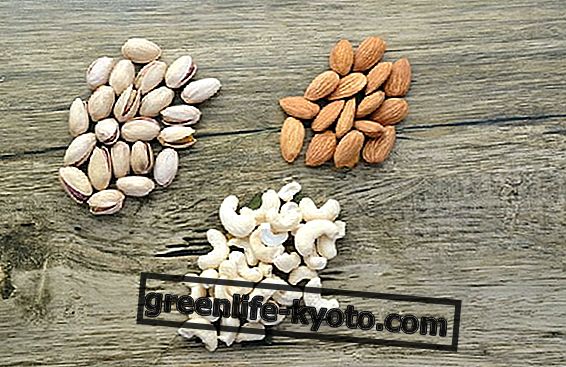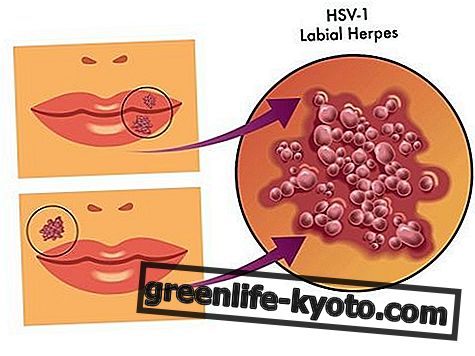
Algae are not really part of our traditional diet and we often do not know the precious benefits.
There are various kinds of these mucilage and they are usually characterized by the proportion of predominant mineral salts that they contain and which provide a fundamental integration to our body, such as iodine, selenium, iron, copper .
In general algae are able to appease the sense of compulsive hunger, promote digestion and intestinal transit, regulate the rate of fat and sugar in the blood and therefore improve the cardiovascular system.
These properties also affect the body's metabolism and fat consumption, favoring the resumption of physical fitness.
Specifically, however, we see some mucilage macro-families to understand how to choose what can do for us, respecting the correct dosage and checking the contraindications.
Fresh or brackish water algae
The algae that develop in fresh water are mainly rich in selenium mucilage, an important element for good thyroid functioning as well as a highly effective antioxidant.
In fact, selenium is able to convert T4 (the thyroid hormone thyroxine) into T3 (thyroid hormone triiodothyronine), thus acting as a regulator.
The natural sources from which we can draw selenium are fish, offal, molluscs, meat, dairy products, nuts, fruit and precisely some green / blue algae: spirulina, the klamath .
Spirulina
Spirulina is a unicellular blue alga, even if it is dark green due to the presence of chlorophyll; it is spiral-shaped, to which it owes its name.
It is rich in essential amino acids and mono and polyunsaturated fats, in particular Omega 6 , in shares much higher than those of Omega3. It is rich in vitamins A, C, E, some of the B group, inositol, selenium.
The synergy of these elements configures it as an effective antioxidant against cellular aging. Spirulina has a high protein content and this connotes it as an excellent supplement for those who follow a vegetarian diet, but also for those who wish to regain their weight, because they exercise control over their appetite and if taken before meals accelerates their sense of satiety.
This action seems to be useful also in cases of dietary-behavioral alterations, supporting therapies in bulimic subjects. However, there are still no scientific studies that confirm this property, so it is always important to consult your doctor in this regard.
Use : In dry extract: 740 mg per day divided into twice a day.
Algae in the kitchen, how to use them?
Klamath lake algae
The green / blue microalgae grow in Lake Klamath, in the mountains of Oregon, in a pure environment, free of chemical pollutants. They are rich in Selenium, Calcium, Phosphorus, Omega 3 and Omega 6, and the whole group of Vitamins B.
It has multiple properties including that of promoting fat metabolism : it is able at the same time to reduce LDL cholesterol and triglycerides.
It also acts on a pancreatic enzyme, alpha-amylase, stimulating its production with the direct consequence of an evident reduction in glycemic levels.
Klamath algae are able to control appetite and inhibit compulsive hunger by modulating dopamine, an anorectic neurotransmitter, with no harmful effects on mood.
Use : 300 mg a day for no more than 3 months.
Salt water algae
Seaweed is rich in iodine, an essential element for the functioning of our thyroid. In fact, it stimulates the functioning and production of thyroid hormones, which stimulate the metabolism to burn fat.
Often in populations that live in areas deprived of iodine, thyroid diseases occur, so it is important to integrate them correctly for alternating periods during the year, respecting the recommended indications and dosages, since an incorrect overdose can cause imbalance in thyroid function. .
The algae that contain good amounts of iodine are the laminaria, the fucus, the nori, the wakame. Let's look at the first two specifically.
Find out more about the algae food use
Laminaria
Laminaria is a brown algae, typical of the cold seas of the North and North Atlantic. This alga is rich in sodium and therefore in Iodine, it is suitable for effectively stimulating the metabolism, should it become a little sleepy.
It encourages the functioning of the thyroid to hormone production and thus promote the disposal of fat. It is good to check with a medical check-up the state of health of our thyroid before taking any type of algae rich in iodine, to avert any pathologies against it, for which the intervention of a specialist is indicated.
Use : In dry extract 900 mg a day for no more than 3 months.
Fucus
The fucus, also known as Quercia Marina, is typical of cold seas, lives on rocks and can withstand for a few days out of the water. It is rich in sodium, bromine, calcium, iron, phosphorus, iodine, selenium, vitamin C and is among the most renowned and used in herbal medicine.
It has innumerable properties including that of stimulating the basal metabolism, favoring the consumption of fat and the elimination of metabolic waste, thanks to fucoxanthin, a carotenoid that activates thermogenesis.
Promotes intestinal transit, drains liquids, and is able to decrease bad cholesterol, and rebalance blood sugar levels. Due to its high altitude iodine acts on the thyroid and under medical supervision it can assist in the treatment of hypothyroidism, often due to mood swings, increased body weight, fatigue.
Use : In dry extract 700 mg a day for no more than 3 months
The satiating power of algae
Algae if taken in leaflets (you can buy them in stores specializing in natural and organic foods and in some herbalist's shops) activate a synergistic action already at the stomach level, establishing a sense of satiety : rich in fiber they turn into a gelatinous mass that "Fills the emptiness of hunger"!
It is sufficient to eat half an hour before meals, so as to be able to face a simple frugal meal, rich however in the nutrients necessary for our well-being.
